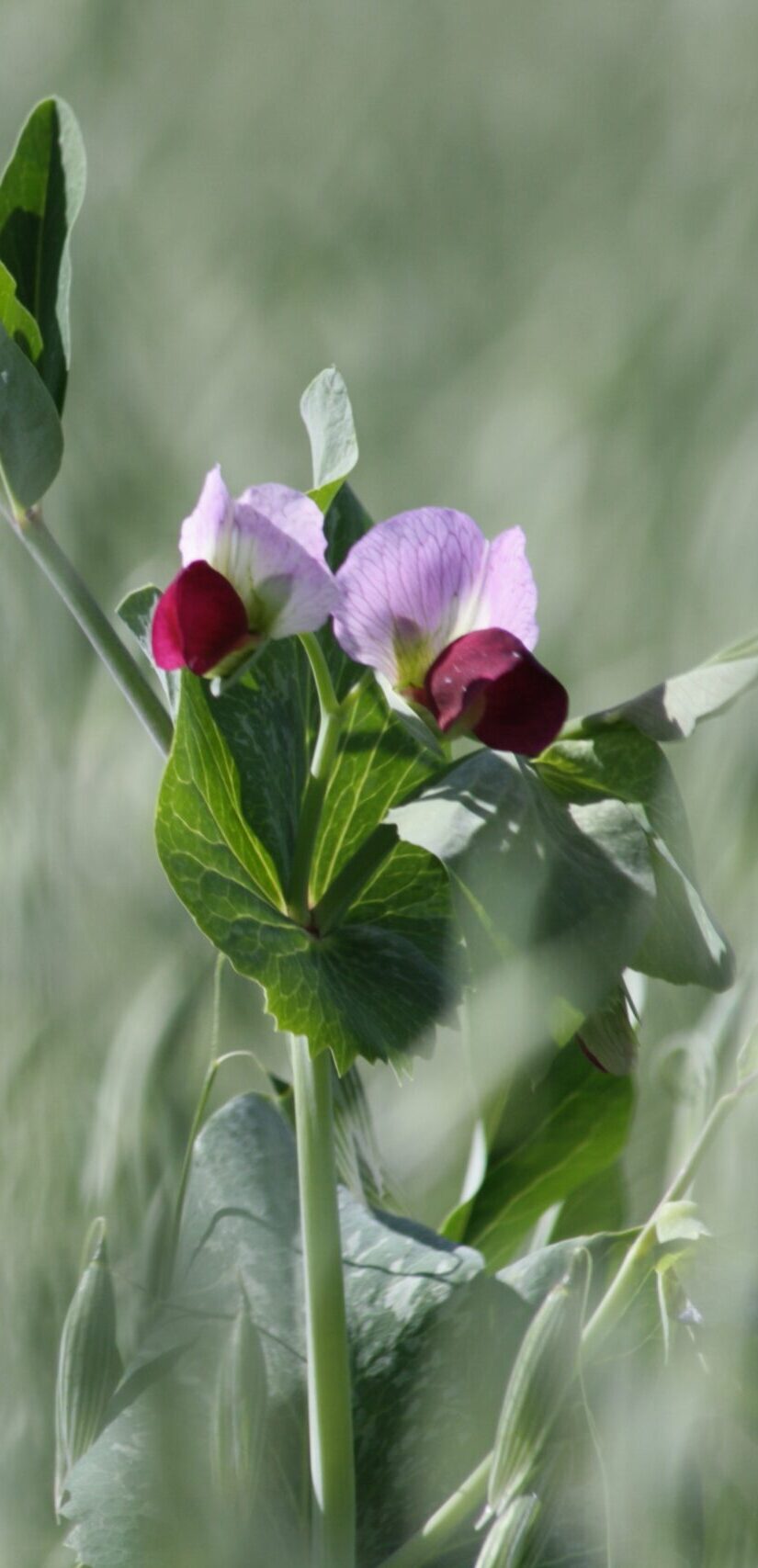
CONSULTING SERVICES
SOIL HEALTH & COVER CROPS
For the Love of Soil
Cover crops are a powerful tool to have in the regenerative toolbox. It takes planning, however, to make them work. Cover crops are not a silver bullet for soil health; it’s impossible to pick any mixture of species and expect that crop to work perfectly. In order to know what cover cropping mixture is needed for the soil, it’s crucial first to identify why you need it.
What are your resource concerns? What will the crop be used for? When will the crop be seeded? Finally, when and how will it be terminated?
All such questions, and maybe a few more, are essential to ask when picking the species needed for a cover crop mixture.
A cover crop mixture may be very simple or very complex. A simple mixture would be two species at most. For example, oats with field peas. A complex mixture would contain a mix of 30+ species made up of annual, perennial, or biennial warm-season and cool-season grasses, legumes, and broad-leafed plants (including brassicas). All species perform an important function in the soil and in soil ecology.
Grasses (Family Poaceae)are the workhorses of the cover crop. They provide the necessary organic matter, soil armour, and mycorrhizal fungi associations required to build the “house” of the soil. Their fibrous root systems help stabilize the soil and provide food and shelter for soil biology. Grasses need nitrogen for growth and biomass production, which is a disadvantage of their nature. They are useful for hay, silage or grazing along with providing competition against weeds and other soil health properties.
Legumes (members of the pea family, Fabaceae) are the nitrogen-fixers. They have a symbiotic mutual relationship with bacteria that enables them to capture atmospheric nitrogen and make it plant-available. Fabaceae species are useful for allowing other plants, like grasses and many broad-leafs, to obtain nitrogen. They also release nitrogen into the soil once they die. Species like alfalfa and clovers provide high-quality forage and feed for livestock.
Broad-leafs are an enormous group that encompasses many taxonomic families. These include Brassicaceae (brassicas like mustard), Asteraceae (dandelion and sunflower family), Plantaginaceae (plantain family), Apiaceae (carrot and parsnip family) and many others. All these, and more families, provide diversity to the stand due to the huge variety in plant type, rooting ability, growth periods, soil condition adaptations, and responses to soil microbial activity. It is impossible to generalize about such a grand group of herbs and “weeds” due to the multiple functions they provide.
Once the blend is determined, more juggling is required to modify not only species selection but the mix itself in terms of seeding rates, seed prices, and seed/plant populations. Other logistics include accounting for seeding equipment, intercropping, seedbed condition, goals for next year’s crop and crop rotation, field history of past crops, soil and microbe requirements, and need for fertility and weed control if need be.
These and other factors are important to make the cover crop work, and in a way that gets the goal started of building healthy soil. If assistance is needed to look over the blends and to have a second pair of eyes to take a field visit and see if more modifications for the future need to be made, this is a good place to start.
How I Can Help You
The first contact is always free. These demo calls—or visits—give me the opportunity to see where things are at and if you’re a good fit for what I am able to help you with. Only after this will a fee be charged. (For the time being, clients outside of Canada will receive my services for free.)
You can get a hold of me in the following ways:
Phone:
+1(780)289-9143
EMAIL:
Be sure to include your email, phone number, name, location, and details of what you wish me to assist you with.

